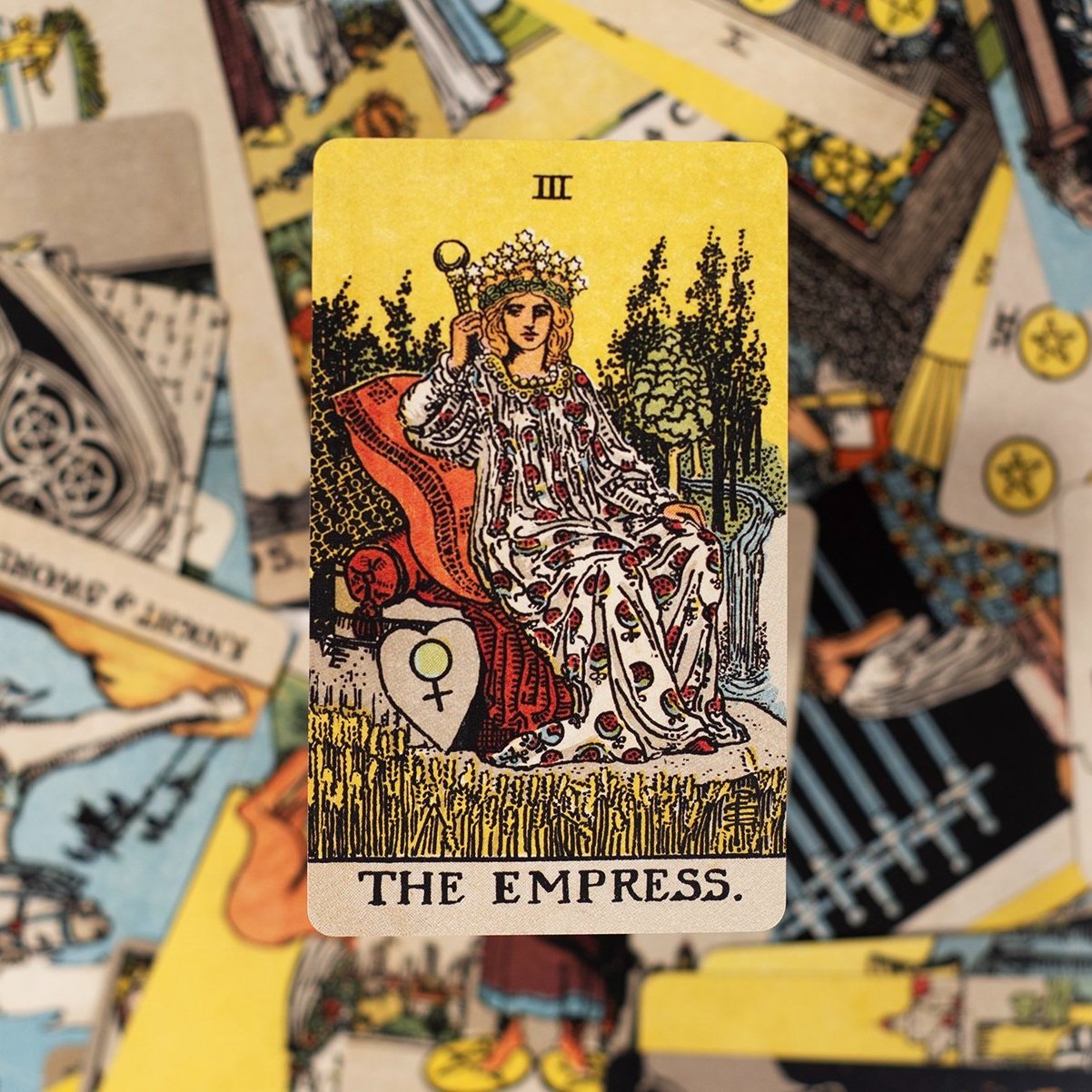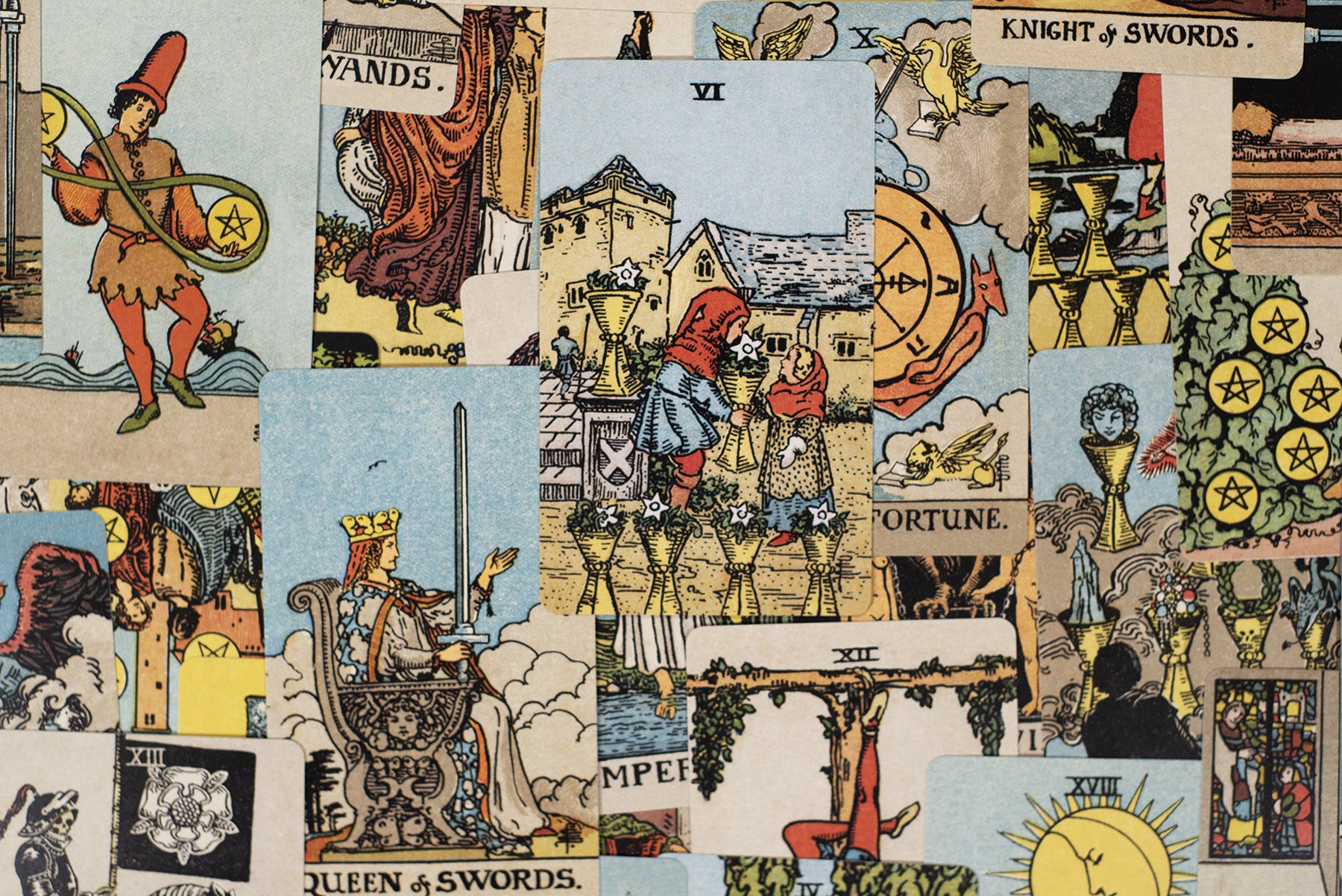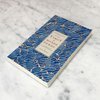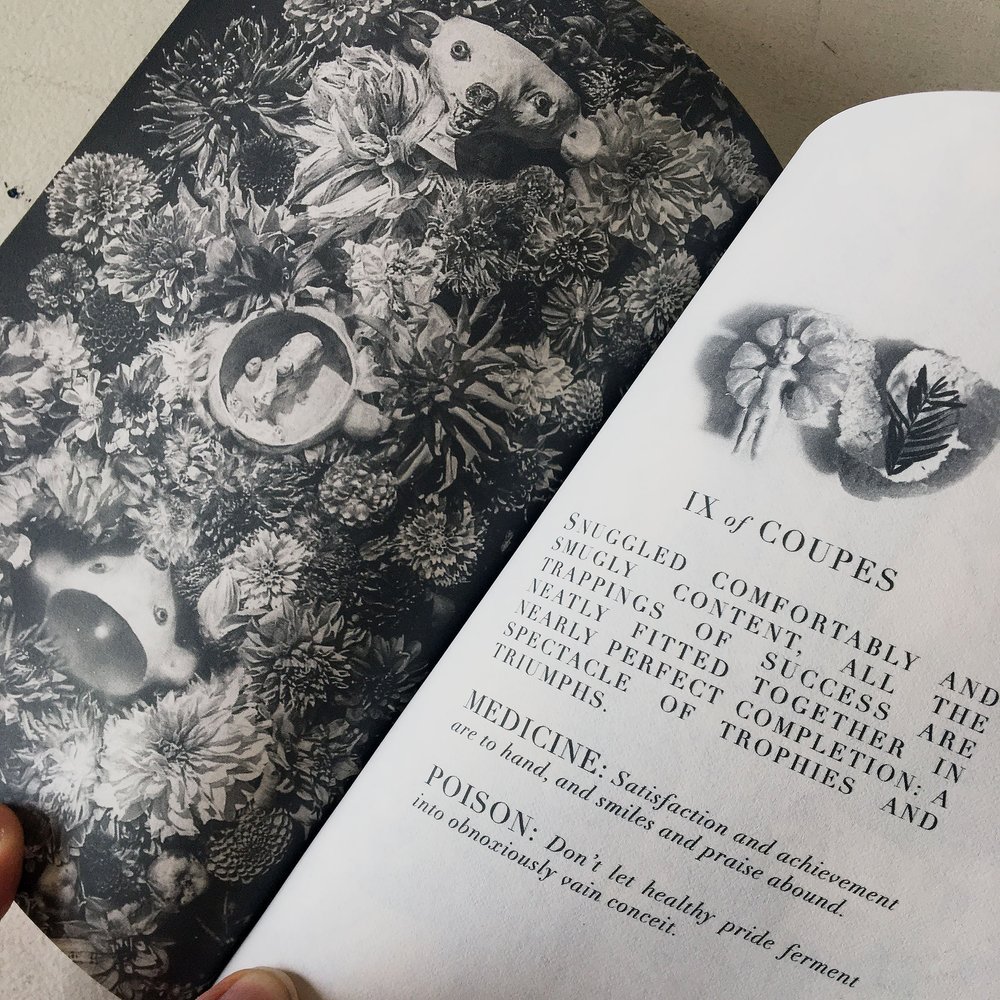Oswald Wirth - 1926 Original Tarot des Imagiers du Moyen Age Lithograph Prints.
Seize the opportunity to own a genuine piece of French occult history! This pristine, original second series set of lithograph prints, intricately detailed with gold ink, was created by Oswald Wirth in 1926—nearly a century ago.
Oswald Wirth was a notable Swiss occultist, artist, and writer, best known for his work on tarot and esoteric symbolism. He played a significant role in the late 19th and early 20th-century occult revival, which focused on integrating mystical, alchemical, and philosophical traditions into a new understanding of ancient symbols, particularly the tarot.
Le Tarot des Imagiers du Moyen-Age ("The Tarot of the Middle Ages Imaginarium") is considered a key text in tarot literature, offering profound insights into the mystical meanings behind each of the Major Arcana. For these prints, Wirth reinterpreted the tarot to what he believed were its original, medieval symbolic roots.
The symbol on the first page is a version of a hexagram, a symbol that holds significant meaning in esoteric and occult traditions. It is often used to represent the union of opposites—fire and water, or the material and the spiritual realms—embodying harmony and balance.
These 6"x10" prints are genuine collectibles, nearly a century old and in remarkable condition, with only a slight bend in the bottom right corner. Richly polychromatic, they still preserve their original golden ink
Seize the opportunity to own a genuine piece of French occult history! This pristine, original second series set of lithograph prints, intricately detailed with gold ink, was created by Oswald Wirth in 1926—nearly a century ago.
Oswald Wirth was a notable Swiss occultist, artist, and writer, best known for his work on tarot and esoteric symbolism. He played a significant role in the late 19th and early 20th-century occult revival, which focused on integrating mystical, alchemical, and philosophical traditions into a new understanding of ancient symbols, particularly the tarot.
Le Tarot des Imagiers du Moyen-Age ("The Tarot of the Middle Ages Imaginarium") is considered a key text in tarot literature, offering profound insights into the mystical meanings behind each of the Major Arcana. For these prints, Wirth reinterpreted the tarot to what he believed were its original, medieval symbolic roots.
The symbol on the first page is a version of a hexagram, a symbol that holds significant meaning in esoteric and occult traditions. It is often used to represent the union of opposites—fire and water, or the material and the spiritual realms—embodying harmony and balance.
These 6"x10" prints are genuine collectibles, nearly a century old and in remarkable condition, with only a slight bend in the bottom right corner. Richly polychromatic, they still preserve their original golden ink
Seize the opportunity to own a genuine piece of French occult history! This pristine, original second series set of lithograph prints, intricately detailed with gold ink, was created by Oswald Wirth in 1926—nearly a century ago.
Oswald Wirth was a notable Swiss occultist, artist, and writer, best known for his work on tarot and esoteric symbolism. He played a significant role in the late 19th and early 20th-century occult revival, which focused on integrating mystical, alchemical, and philosophical traditions into a new understanding of ancient symbols, particularly the tarot.
Le Tarot des Imagiers du Moyen-Age ("The Tarot of the Middle Ages Imaginarium") is considered a key text in tarot literature, offering profound insights into the mystical meanings behind each of the Major Arcana. For these prints, Wirth reinterpreted the tarot to what he believed were its original, medieval symbolic roots.
The symbol on the first page is a version of a hexagram, a symbol that holds significant meaning in esoteric and occult traditions. It is often used to represent the union of opposites—fire and water, or the material and the spiritual realms—embodying harmony and balance.
These 6"x10" prints are genuine collectibles, nearly a century old and in remarkable condition, with only a slight bend in the bottom right corner. Richly polychromatic, they still preserve their original golden ink
























